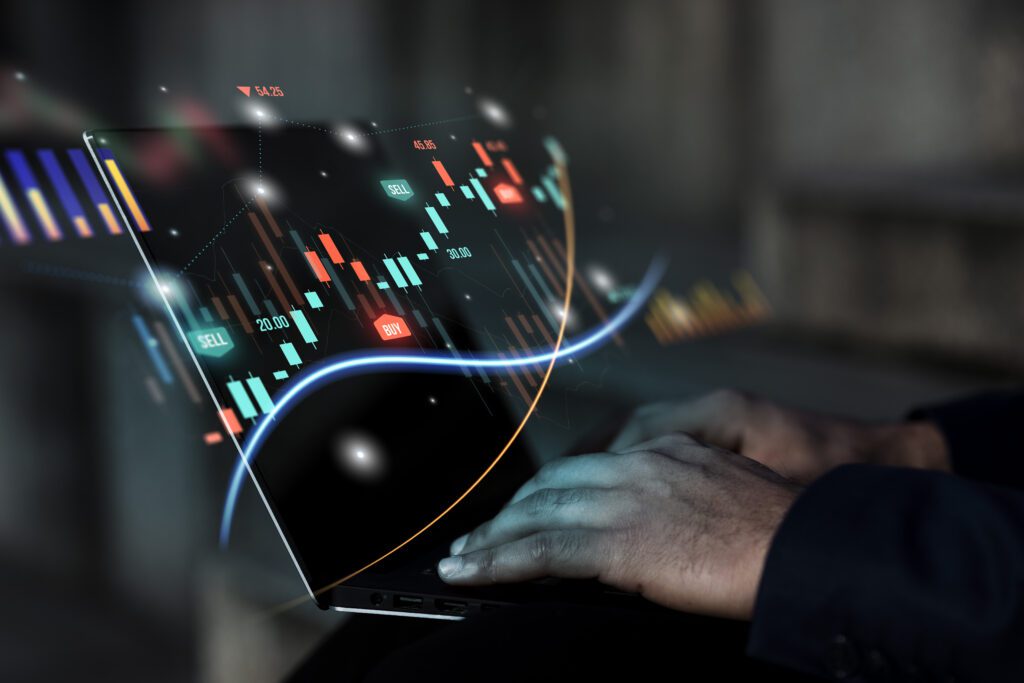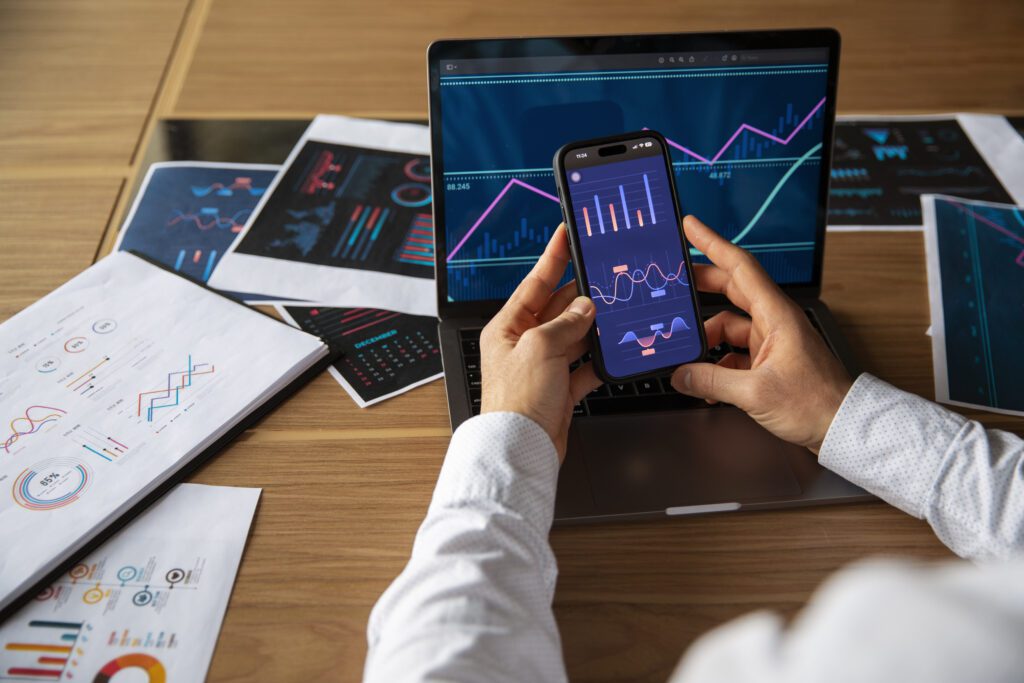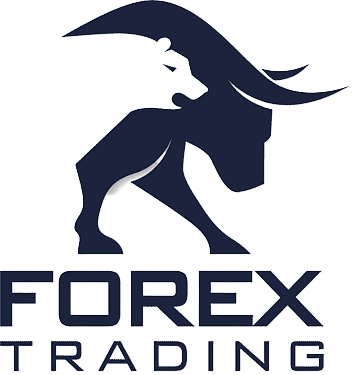- The advent of Artificial Intelligence (AI) has revolutionized various industries, and forex trading is no exception. AI's integration into forex trading has brought about significant advancements, enhancing trading strategies and outcomes. In this blog, we will explore the benefits of AI in forex trading, focusing on increased trading accuracy and efficiency, scalability in managing multiple trades simultaneously, AI's role in enhanced market research, and continuous improvement through machine learning.
Increased Trading Accuracy and Efficiency
- One of the primary advantages of AI in forex trading is the increased accuracy and efficiency it offers. Traditional trading relies heavily on human analysis and decision-making, which are susceptible to errors and biases. AI, on the other hand, can process vast amounts of data at incredible speeds, identifying patterns and trends that may not be apparent to human traders. By leveraging machine learning algorithms, AI systems can analyze historical data and make highly accurate predictions about future market movements. This not only reduces the likelihood of errors but also enables traders to make more informed decisions, ultimately leading to better trading outcomes.
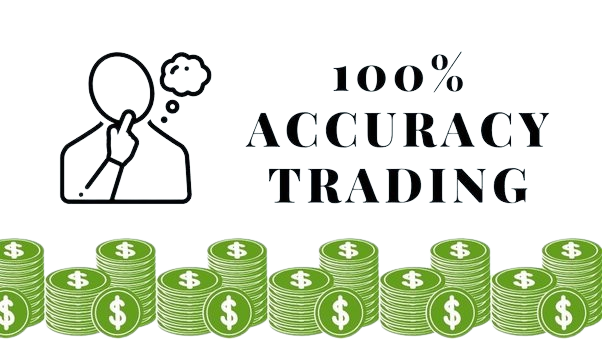
Scalability: Managing Multiple Trades Simultaneously
- Another significant benefit of AI in forex trading is its scalability. Human traders are limited by the number of trades they can manage simultaneously, which can be a significant drawback in a fast-paced market like forex. AI-powered trading systems, however, can handle multiple trades at once, analyzing data and executing trades across different currency pairs simultaneously. This ability to manage multiple trades efficiently allows traders to diversify their portfolios and maximize their potential returns. Moreover, AI systems can operate 24/7, continuously monitoring the market and executing trades even when human traders are not available, ensuring that no opportunities are missed.

AI for Enhanced Market Research
- Market research is a crucial aspect of forex trading, as it helps traders understand market conditions, trends, and potential risks. AI has transformed market research by providing traders with deeper insights and more comprehensive analysis. AI algorithms can sift through massive amounts of data, including news articles, social media posts, economic reports, and historical market data, to identify relevant information and trends. By analyzing this data, AI systems can provide traders with real-time insights and actionable information, enabling them to make more informed trading decisions. Additionally, AI can identify correlations and patterns that may not be immediately apparent, helping traders develop more effective trading strategies.
Continuous Improvement with Machine Learning
- One of the most powerful aspects of AI in forex trading is its ability to continuously improve through machine learning. Machine learning algorithms can learn from past trades and market data, constantly refining their models and predictions. This means that AI systems can adapt to changing market conditions and improve their performance over time. As the AI system processes more data and gains more experience, it becomes better at identifying profitable trading opportunities and minimizing risks. This continuous improvement ensures that traders are always using the most up-to-date and effective strategies, giving them a competitive edge in the market.
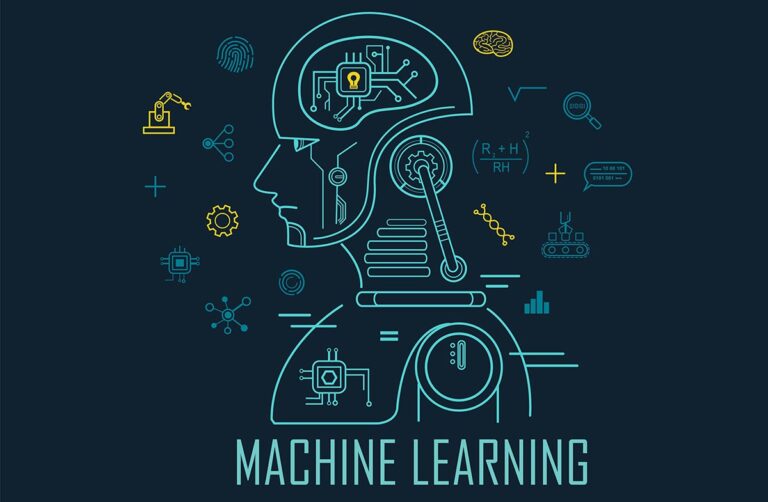
Key Takeaways
- 1. Increased Accuracy and Efficiency : AI enhances trading accuracy by processing vast amounts of data and identifying patterns and trends, reducing human errors and biases.
- 2. Scalability : AI allows traders to manage multiple trades simultaneously, maximizing potential returns and ensuring that no opportunities are missed.
- 3. Enhanced Market Research : AI provides deeper insights and comprehensive analysis by sifting through massive amounts of data and identifying relevant information and trends.
- 4. Continuous Improvement : AI systems continuously learn and improve through machine learning, adapting to changing market conditions and refining their models and predictions.


